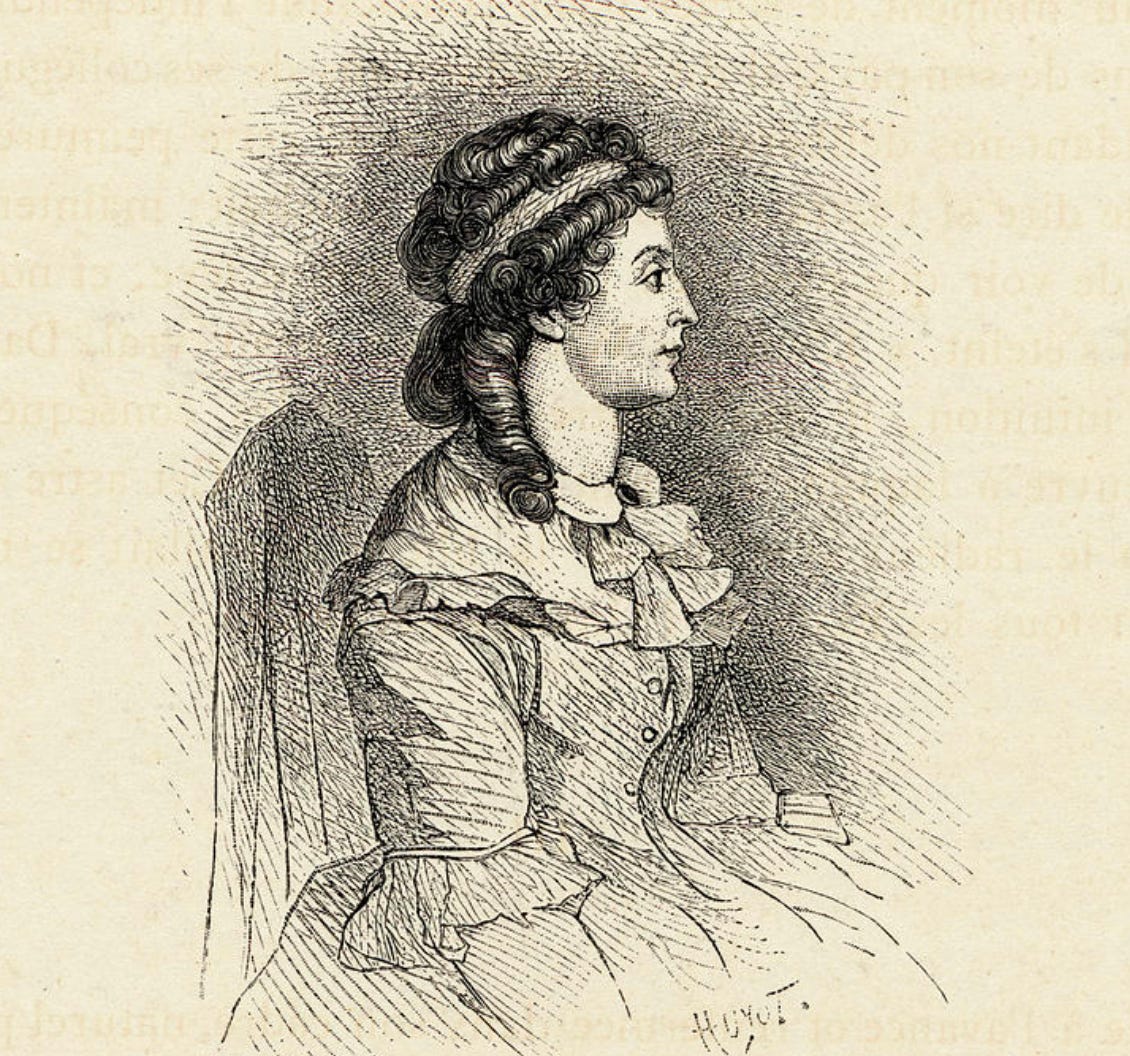The ‘Hamilton’ saint: Elizabeth Seton and the Ten-Dollar Founding Father
When the orphan and Scotsman dropped in the middle of a forgotten spot in the Caribbean — aka Alexander Hamilton — finally made his way to New York City as a budding revolutionary, he rubbed elbows with other influential members of early American society - including a future Catholic saint, Elizabeth Ann Seton.

